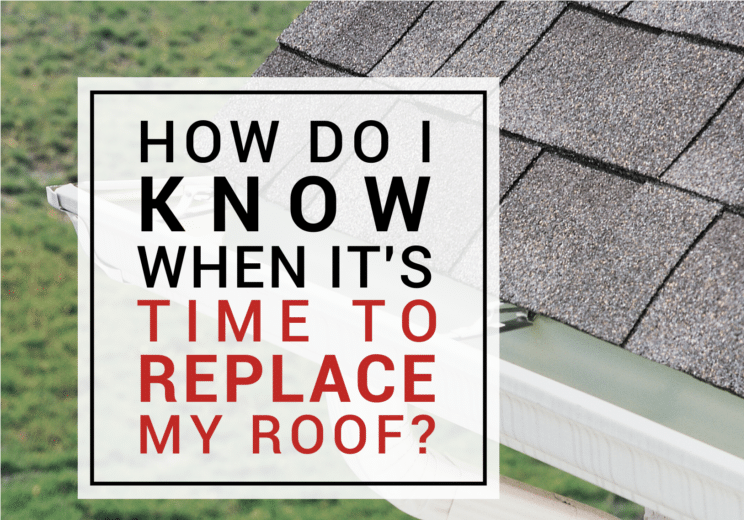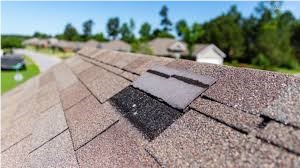
Do you know how old your roof is? Have you spotted leaks in your roof? Does your roof have shingles that are falling off or curling at the edges? If your roof is 20-30 years old or older, then there is a good chance that your home may need a new roof. This blog will comprehensively detail the telltale signs that indicate if it is time to replace your roof. The goal of this blog is not to convince you to get a new roof, but rather to give you the necessary tools and information to make an informed decision on whether to replace your roof.
Age of Your Roof:
The first factor you should take into consideration is the age of your roof. Roofs will typically last 15-25 years, with most falling around that 17 year mark. The actual lifespan of your roof will vary depending on a variety of factors that include quality of roofing materials, weather conditions, and maintenance of the roof. If you do not know how old your roof is, try searching for your home’s records or contact a professional contractor to determine the age.
Presence of Damage:

Take a look at your house. Does your roof have visible signs of damage? There are a few things to look for. Look for cracked shingles or shingles that have granules that wore off. Excessive granule loss indicates that a shingle is near the end of its lifespan. Curled up or buckled shingle edges can indicate moisture damage or improper ventilation. Check for holes, cracks, or splits in your roof. These can allow for more water to penetrate your roof and cause further damage in the future. Pay attention to any changes in the structure of your roof. If there are areas of your roof where shingles are sagging or uneven, there could be structural damage that needs immediate attention.
Indoor Leaks:
If there are leaks in your roof, then there definitely needs to be attention brought to your roof. Keep an eye out for water stains, dampness, or discoloration on the walls or ceiling. It is important to keep track of this, as mold and mildew can grow because of the leaks.
Storm Damage:
Severe weather events can cause considerable damage to your roof. After those events such as hailstorms, strong winds, or heavy rain, it is very important to inspect your roof for signs of damage. Check for damaged and missing shingles. For metal roofs, check for dents or cracks. Pay attention to any potential water infiltration spots, such as wet spots or water stains on the attic ceiling and walls. If you spot any of these changes to your house after a storm, we would recommend contacting a professional for an assessment, which may only be a repair and not a whole new roof repair.
Energy Efficiency:
One of the biggest factors to your home’s energy efficiency is your roof. A damaged or aging roof can lead to increased energy consumption and an increase in utility costs. If your roof does not have the proper insulation or has developed leaks, then it can result in hot or cold air escaping, resulting in higher heating or cooling costs. Replacing your roof with a new and energy efficient roof can save you a substantial amount of money per year on energy bills.
Subscribe to Stan's Roofing & Siding's Blog




Comments